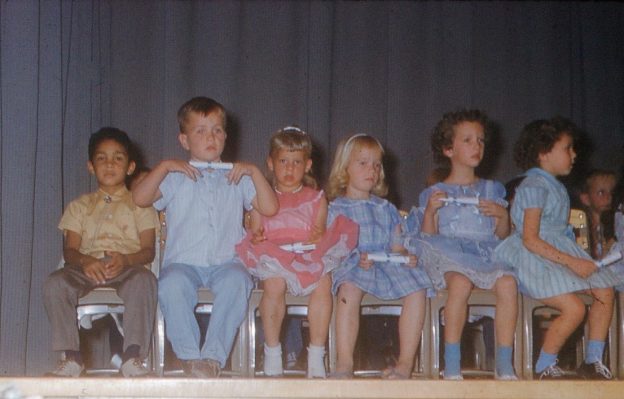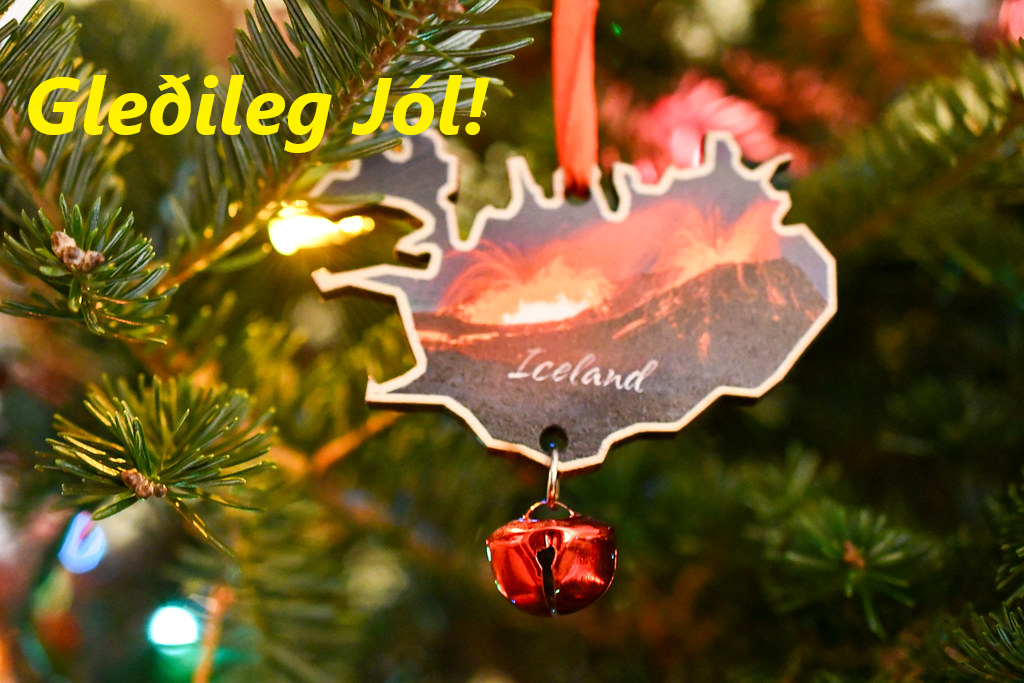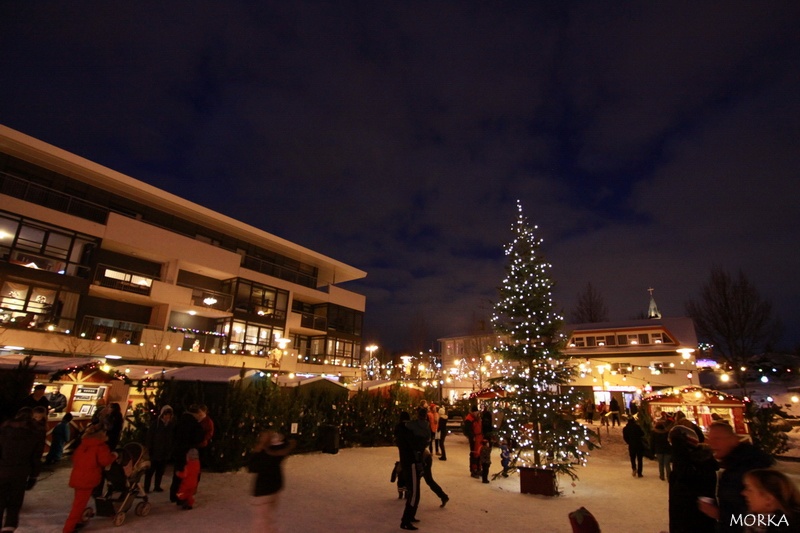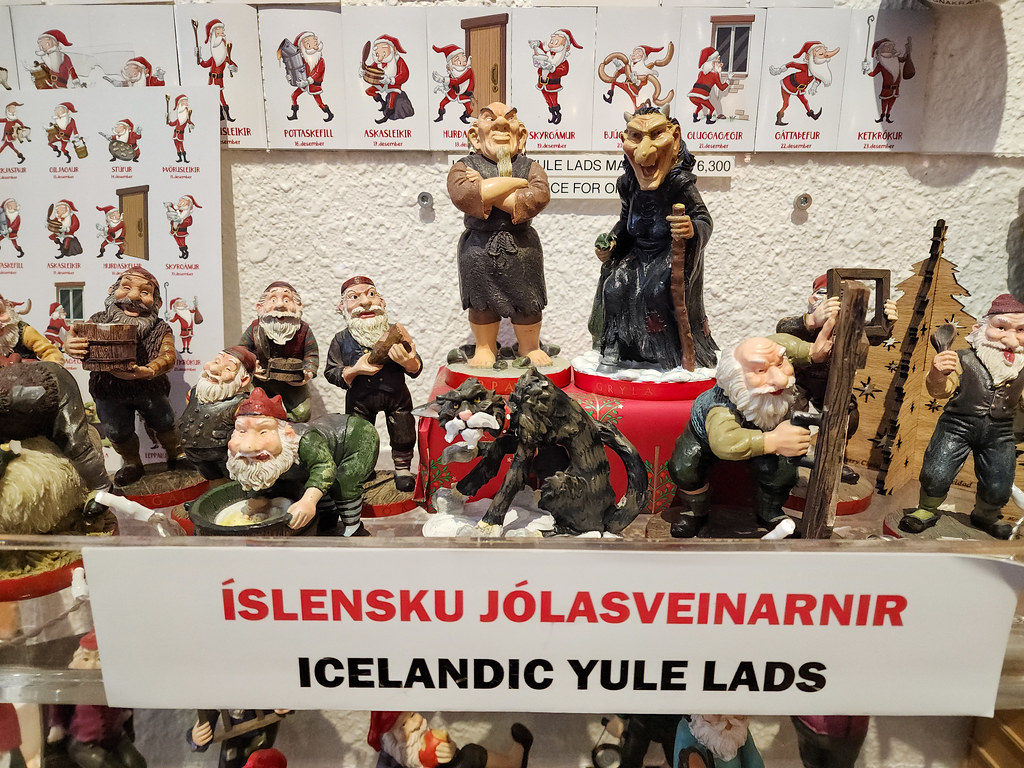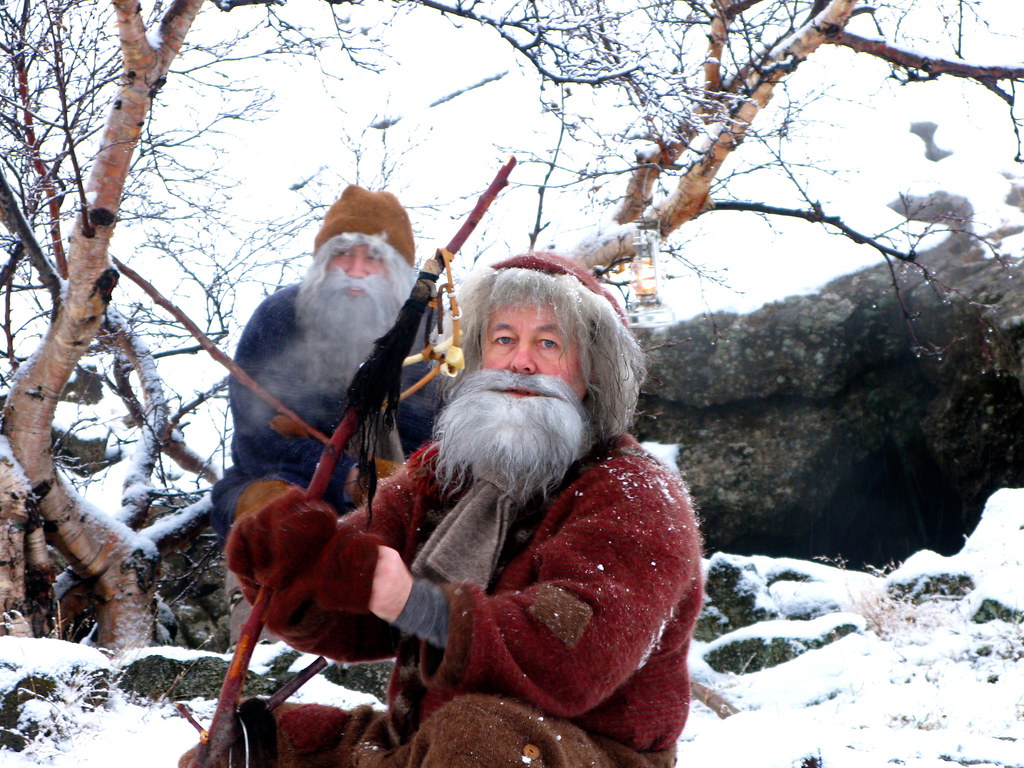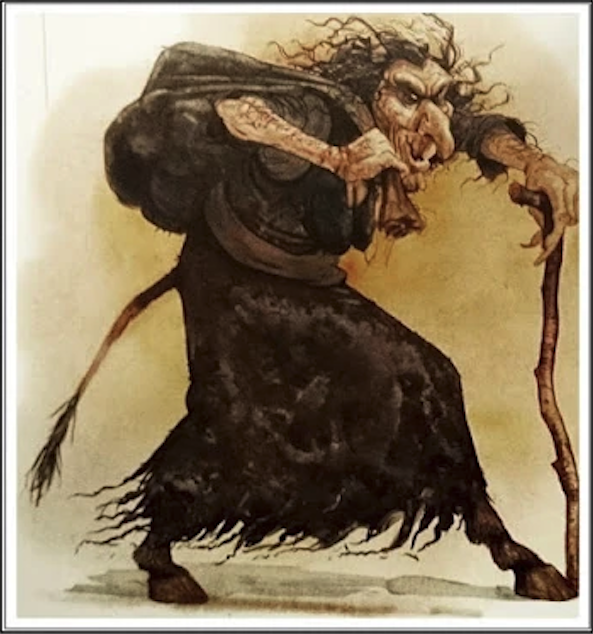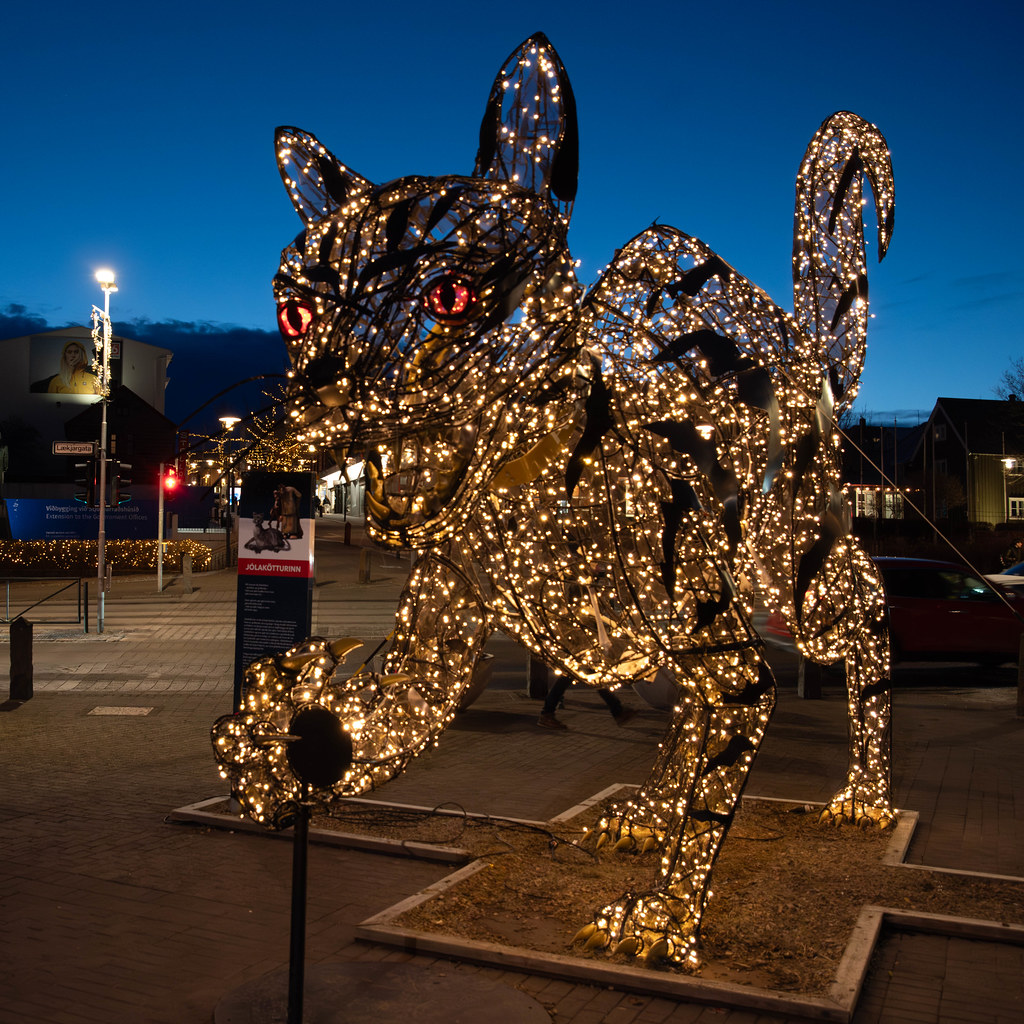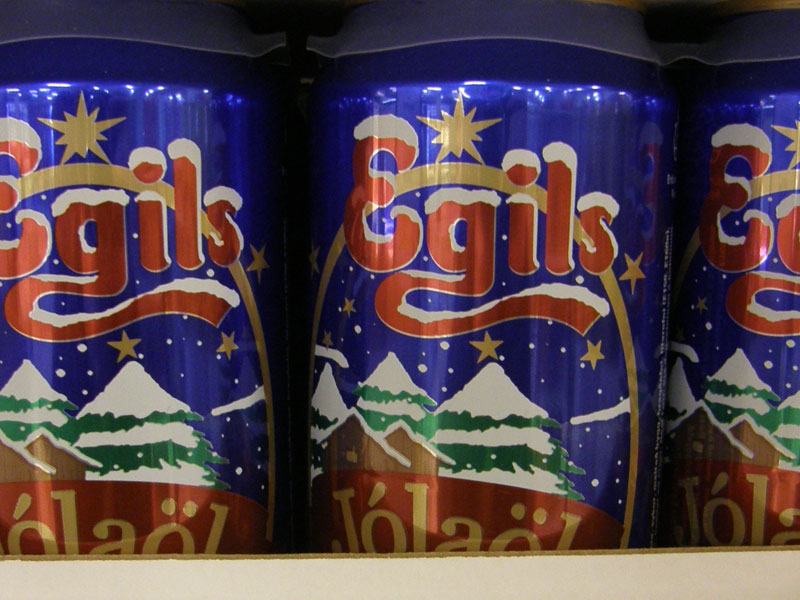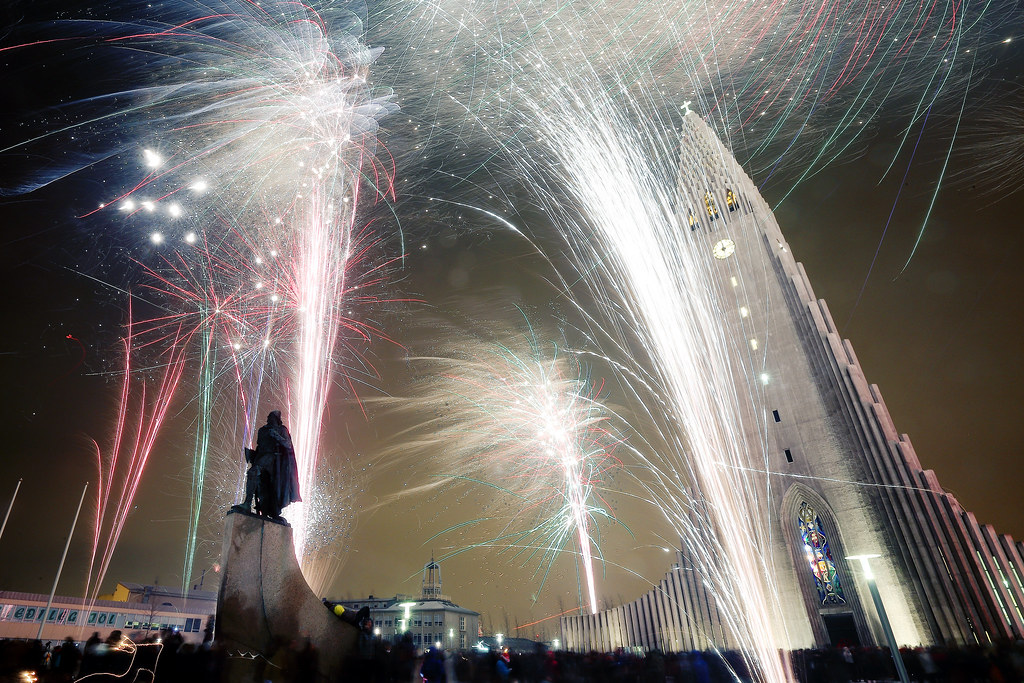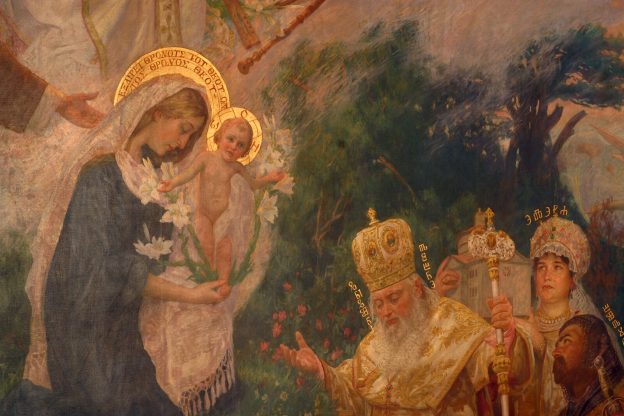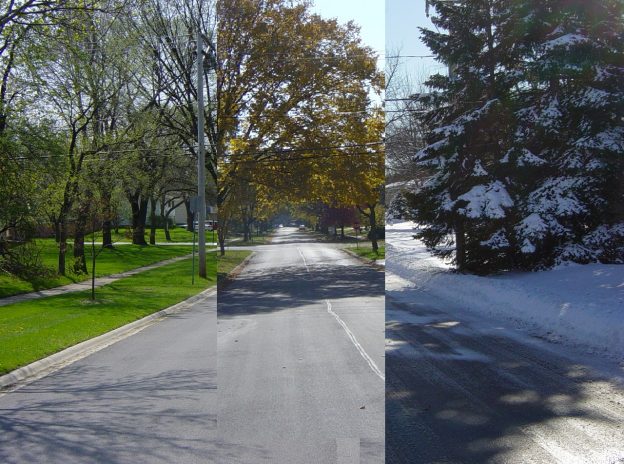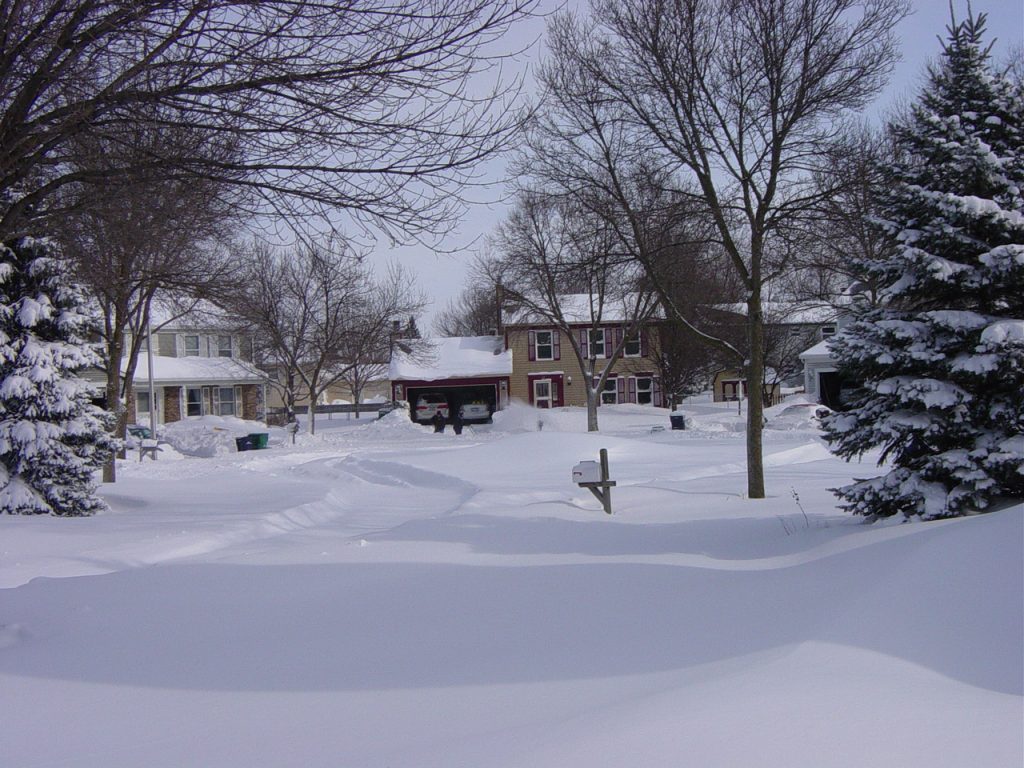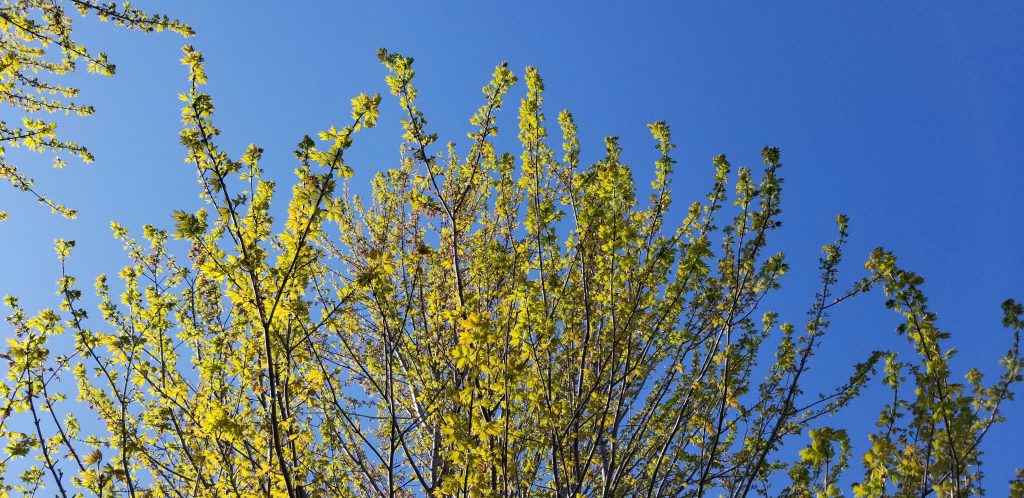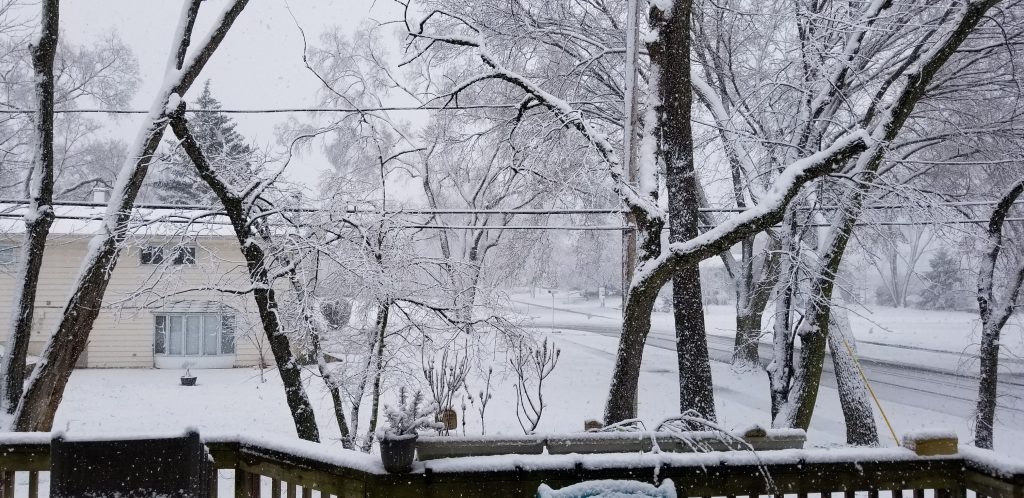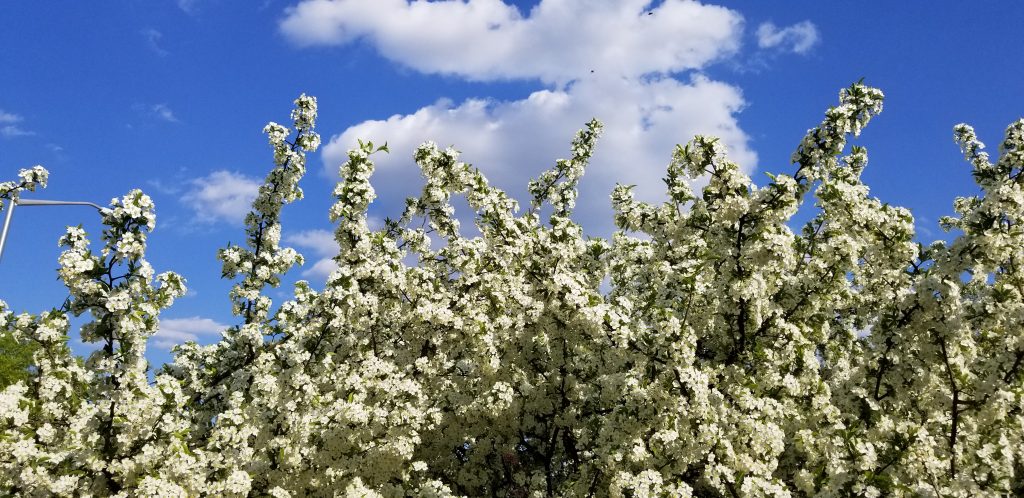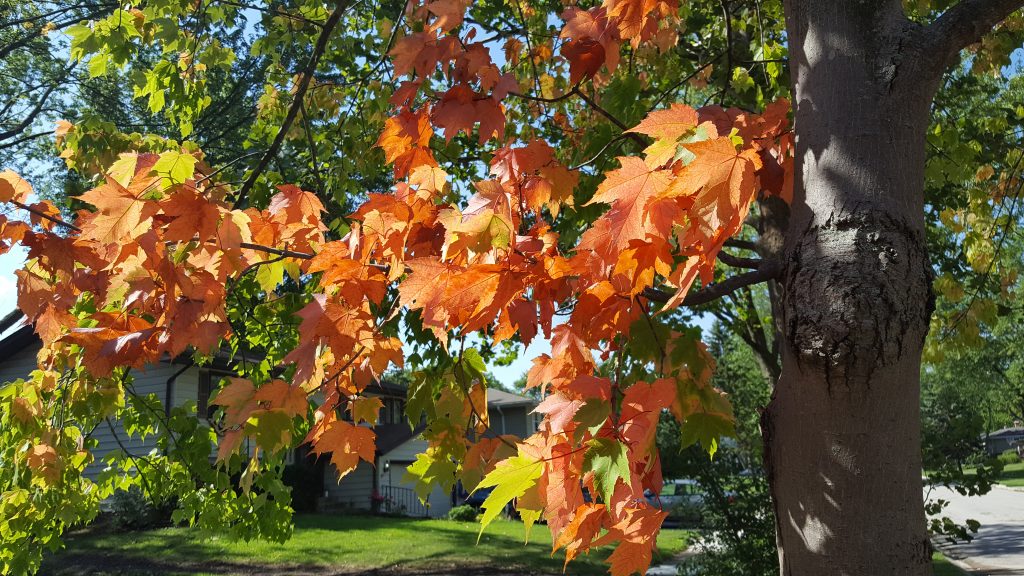When we lived in Arizona in the first half of the 1960s we didn’t have a TV until 1963 and there were only three networks: KOLD (CBS), KVOA (NBC) and KGUN (ABC). Living in a canyon made the “rabbit ears” antennas useless, so the Community Access Television Antenna (CATV) on top of the Mule Mountains west of town provided channels via cable into Bisbee homes. Yep, we had cable before most of the country!
Television was largely background noise to me back then; I watched a few programs only periodically. I could tell you what show was on what channel at what time from reading TV Guide, but I had far more important things to do—hiking in the mountains behind our house, riding my bike or skateboarding on the concrete walks at my elementary school. My knowledge was broad but lacked depth.
After school I sometimes watched Marshall KGUN, a live audience show like Bozo’s Circus, along with cartoons. The Marshall would select a kid from the audience who was celebrating his birthday (I don’t remember any girls) and dole out a fake birthday spanking for each year “and one to grow on!” I’m sure today someone would complain about child abuse but that was a time-honored tradition growing up.
The Funny Company, a quasi-educational cartoon series, ran during the Marshall K-GUN show. The club members were stereotyped kids: the leader; the computer genius; the shy girl; the outgoing girl; the giggly fat girl. Other characters included Terry Dactyl (a comedic prehistoric bird), Spot the dog, and the wise old Dr. Goodheart who narrated the educational films. The Weisenheimer was the clubhouse computer; the Weisenheimer Jr. was the portable version. Never mind that computers in the 1960s took up entire rooms and laptops wouldn’t exist for another 20 years.
The Funny Company was also culturally questionable. Two of the adult club members were the Native American Super Chief (voiced by a train horn) and his translator, Broken Feather. The adult villains were Hungarian-accented Belly Laguna and the Germans, Professor Ludwig Von Upp (who looked more like Joseph Stalin) and his equally menacing henchman Hans Von Henchman (get it?). Here’s a really snarky commentary on The Funny Company, 63 years after the show ended.
Getting up for school was sometimes a struggle but weekends were special. I would get up at 6:30 a.m. on Saturday and watch the test pattern, “Indian 39,” while I waited for the cartoons to begin. The background music was always an exotic jungle tune, which I finally identified as Les Baxter’s “Quiet Village”, after we bought Reader’s Digest’s South Sea Island Magic LP set. Top Cat was up first, then Underdog, Fireball XL-5, The Roy Rogers Show (with Dale Evans, their horses Trigger and Buttermilk, Bullet the dog, and sidekick Pat Brady with his Jeep Nellybelle), Sky King, and The Bugs Bunny Show.
General Mills’ advertising agency created Underdog to sell cereal. Back then advertisers and our mothers weren’t afraid of sugar. We had our choice of Sugar Smacks, Sugar Frosted Flakes and Sugar Corn Pops (“Kellogg’s Sugar Corn Pops *bang* bang* Sugar Pops are tops!”) None of that “honey” camouflage. We had sugar and we liked it, dammit! (Fun fact: Mickey Dolenz is the little kid in the commercial!)
Does anyone remember the somewhat idiotic The Beatles cartoon from 1965? It started with a horde of screaming young women chasing the Fab Four to “Can’t Buy Me Love”, followed by a lame story and a Beatles song inserted in the middle, a la The Monkees. For some obscure reason Ringo was portrayed as rather thick, whom John mocked mercilessly:
John: Did you say Cupid or stupid?
Ringo: Cupid, with a K.
Warner Brothers cartoons were funny as a kid; they were a lot funnier when I grew up and could understand the adult humor that had gone over my head. I learned a lot of classical music from those cartoons:
Rossini’s Overture to the Barber of Seville: “The Rabbit of Seville”
Wagner’s Ride of the Valkyries (“Kill the wabbit!”) and Tannhauser Overture (“Return My Love”): “What’s Opera, Doc”
Mendelssohn’s Hebrides Overture: “Inki and the Minah Bird”
Liszt’s Hungarian Rhapsody #2: “Rhapsody Rabbit” (also the Tom and Jerry cartoon “Cat Concerto”)
I didn’t truly appreciate The Adventures of Rocky and Bullwinkle until much later. Rocky, the smart one and Bullwinkle, the loveable but completely clueless comic relief, starring in serialized tales with biting satire of modern politics and Cold War humor. Soviet nogoodniks Boris Badenov and Natasha Fatale continually tried (and failed) to “keel Moose and Squirrel.” (That their boss, Fearless Leader, was a Nazi now seems rather incongruous.)
Other segments of the show::
“Peabody’s Improbable History” Mr. Peabody, and his boy Sherman recount historic moments, somewhat inaccurately, travelling into the past via the Wayback machine, beating Bill and Ted by about 30 years.
“Aesop & Son” retold well-known fables; the “moral of the story” ended with a bad pun.
“Fractured Fairy Tales” completely upended beloved stories from our childhoods.
“Dudley Do-Right of the Mounties” skewered old silent-film melodramas. Dudley pursued the villain Snidely Whiplash and rescued the damsel in distress (usually tied to the railroad tracks) and hoped to win the heart of Nell Fenwick, the Inspector’s daughter, but she was more smitten with Dudley’s horse.
One of the Rocky and Bullwinkle episodes proved to be rather prescient. Twice a year my alma mater, the University of Illinois Urbana Champaign (UIUC), sponsored an “all-nighter” featuring activities around campus. The Union had a television running in the basement pub, and I caught the Rocky and Bullwinkle episode in which the football team was getting goo-gobs of money from Wossamatta U. The university builds “an indoor baseball diamond, a 97-room house for Coach Knute and a pink marble fieldhouse shaped like the Taj Mahal.” A professor meekly asks, “How about a new test tube for the physics lab?” and the college president says, “Ah, ah, ah, we gotta draw the line somewhere.” Ironically, the UIUC athletic department had allegedly just spent $900,000 for astroturf and outdoor lighting for night practices.
Sunday afternoons often started with Mutual of Omaha’s Wild Kingdom. Zoologist Marlin Perkins and his co-host Jim Fowler introduced us to exotic animals from around the world—lions, tigers, snakes and chimpanzees, oh my! Too bad we didn’t get to hear Marlin Perkins saying, “Here’s a lion about to devour a poacher.”
Ted Mack’s Original Amateur Hour, sponsored by the old-people tonics Geritol and Serutan, featured ordinary people singing, dancing, or playing instruments, and occasionally weird stuff like someone doing barnyard animal sounds! One episode featured two tween girls Irish dancing to a clarinet version of The Irish Washerwoman. I imagined my secret crush, whose name shall not be mentioned, dancing with her twin sister under the tree just outside their house, dressed in dark blue plaid dresses they sometimes wore during fourth grade. This was before I knew having a crush on a blonde, white girl might have gotten me strung up, this being the early 1960s.
Early evening was Walt Disney’s Wonderful World of Color; “the world is a carousel of color” (although it wasn’t quite the same in black and white). The Scarecrow of Romney Marsh, starring Patrick McGoohan, was my favorite story, particularly the theme song:
“On the southern coast of England.
There’s a legend people tell
Of days long ago
When the Great Scarecrow
Would rise from the jaws of Hell
And laugh (Ahahahahaha!)
With a fiendish yell!”
A few short years later, but an eternity at my age, Patrick McGoohan would be the defiant “Number 6” in The Prisoner.
Thanksgiving 1963. I got up early that year to watch Captain Kangaroo while waiting for the Macy’s Thanksgiving Day Parade. After the show ended, The Captain and Mr. Green Jeans set a table for Thanksgiving dinner while “We Gather Together” played in the background. It was a simple, heartfelt moment, the memory of which choked me up every year well into adulthood. It was even more poignant because President Kennedy had been assassinated less than a week earlier.
Decembers brought Christmas specials with Andy Williams, with Claudine Longet (known for The Claudine Longet Invitational) and the Osmonds, Bing Crosby and other assorted, well-known guests. I liked watching Bob Hope’s annual Christmas shows from Vietnam despite my stepfather calling me a “communist” for thinking the war was one of the dumber things the US had done.
By now we’re all used to ABC running The Ten Commandments around Easter, dragging it out for at least 4 hours. Lillies of the Field (1963) with Sidney Poitier is my Easter tradition. If you’ve never seen it, you should. Homer Smith, ex-GI and now traveling handyman meets a group of German nuns in the Arizona desert. That he is black makes no difference to Mother Maria who believes God has sent her “a big strong man” to build them a “shapel” (chapel), a task to which he eventually (and reluctantly) agrees.
Aside from Mr. Ashton, owner of an earth-moving company, calling him “boy,” there is almost no racism. Homer tosses the quip back at Ashton but then offers to work for him two days a week. Later, one of the Mexicans he befriends calls him “gringo.” His response: “Gringo? I don’t know if that’s a step up or a step down from some other things I’ve been called.”
Lillies of the Fields ends with Homer, having completed the chapel, quietly going off into the sunset while the nuns sing “Amen,” a gospel song he taught them. If it doesn’t touch your heart, there is something seriously wrong with you.
Next up: My memories of 1960s television’s darker side
(“Scarecrow” composed by Terry Gilkyson, sung by The Wellingtons. 1963)
Featured Image: Canstock Photo (RIP)

